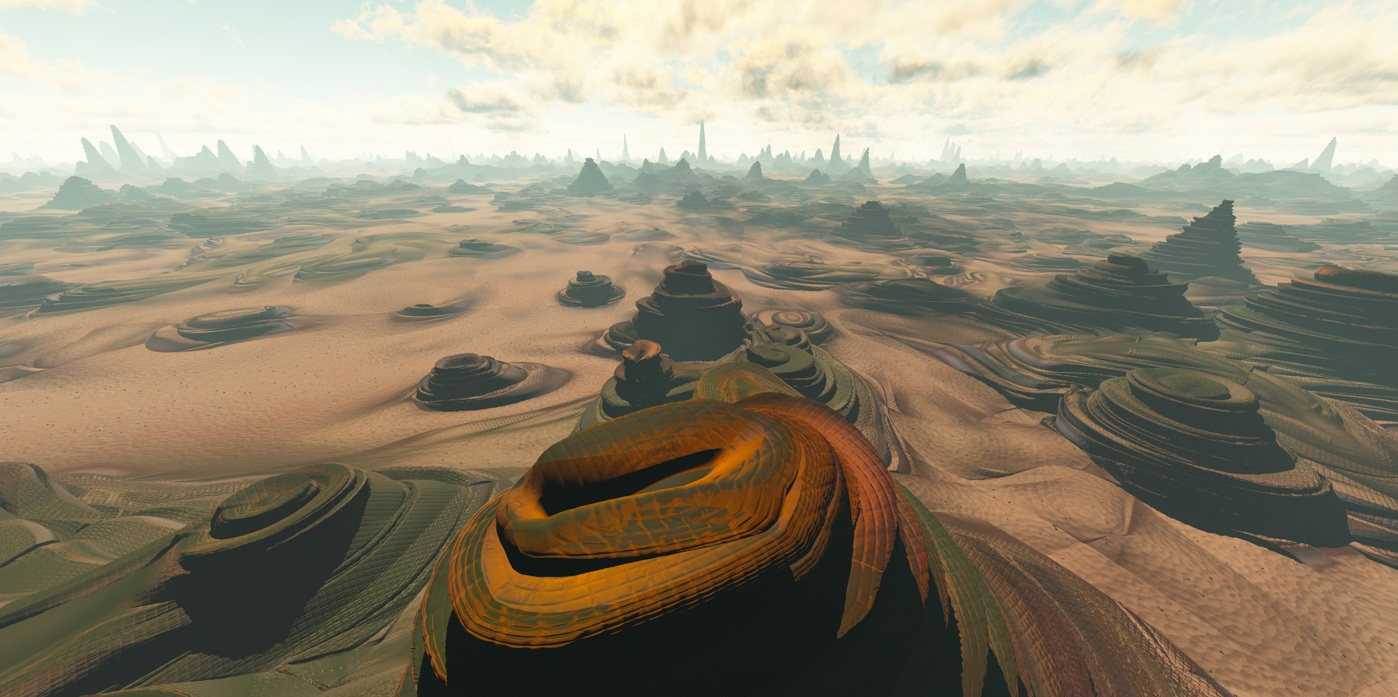
The Humboldt call area, located about 25 miles off our coast, could eventually host multiple wind farms. (The first was deployed off the coast of Scotland in 2017.) If the industry takes root in and around our underused deepwater harbor, the Humboldt Bay region could see an influx of activity, including research and business development to fulfill the core and ancillary needs of the industry. There are still only a handful of floating wind farms in the world. “If we do have the first offshore wind deployment here off the coast of Humboldt, there are going to be lots of folks coming here to see it,” she said.


Ganion said the local community should be thinking bigger than just a single project. (Wind farms off the East Coast can be anchored to the sea floor, whereas our narrow continental shelf means they’ll have to float in waters that are 600 to 1,000 meters deep.) The winning bidder(s) will be poised to develop the first floating wind farm in the United States. The next step, expected within the next year or so, is for BOEM to hold a commercial lease auction. One proposal is being led locally: a public-private partnership headed up by the Redwood Coast Energy Authority (RCEA) in association with EDP Renewables, Aker Solutions and Principle Power. The vast majority said they’re interested in developing projects here. That put the focus for development squarely on the Humboldt County “call area,” and more than a dozen firms or development coalitions answered BOEM’s call for interested parties. Map courtesy Schatz Energy Research Center. The Department of Defense has redlined those zones as off limits. The other two zones are off the Central Coast (Morro Bay and Diablo Canyon), and it turns out they conflict with military training activities. Here’s the biggest reason why: A roughly 200-square-mile area off our coast (in green below) is one of just three wind energy development zones identified by BOEM in a pitch to developers back in October 2018. She, like Banister, said Humboldt County stands to become the West Coast hub for research and development in the emerging floating offshore wind industry.
#Terragen wind full#
“I think it’s important to understand the full range of potential stacked benefits from this new, potentially enormous industry,” Ganion told the Outpost in a recent phone interview. (Disclosure: The Blue Lake Rancheria holds a sizable stake in Outpost parent company Lost Coast Communications, Inc.) She’s the sustainability and government affairs director at Blue Lake Rancheria, and for several years now she has served on an intergovernmental renewable energy task force organized through the federal Bureau of Ocean Energy Management (BOEM). Kevin Banister, vice president of offshore wind development company Principle Power, told attendees at the May hearing, “We view Humboldt County as a place that, with investment, could become the shoreside hub for wind development along the entire coast of California.” Not only could such projects help California reach its goal of 100 percent clean electric energy by 2045, they could also revitalize our port in ways that only the wildest of train-revival fanatics have dared to dream.

Last May, at a hearing of California’s Joint Committee on Fisheries and Aquaculture here in Eureka, Senator Mike McGuire led a wide-ranging discussion with stakeholders exploring the possibilities, challenges and risks posed by floating offshore wind farms. Which means that in the coming years, Humboldt will have to engage in another serious debate, weighing humanity’s increasingly desperate need for industrial-scale clean energy projects against the significant and, at this point, largely unknown impacts of such development.Įfforts to harness our world class offshore wind resource are well into the planning stages. In conversations with the Outpost, local and regional stakeholders expressed serious concerns about a range of issues, including conflicts with the fishing industry, impacts to birds and marine life and more. “It’s an amazing resource,” Jacobson said.īut if anyone thought we could sidestep controversy by moving wind energy proposals from land to sea, well, think again. Wind speeds out there regularly exceed 20 miles per hour and remain fairly constant across seasons and around the clock.

Arne Jacobson, director of the Schatz Energy Research Center at Humboldt State University. The air blowing off the North Coast is considered one of the best wind resources in the world, and probably the best in the continental United States, according to Dr. Wind speeds off the Northern California coast.


 0 kommentar(er)
0 kommentar(er)
